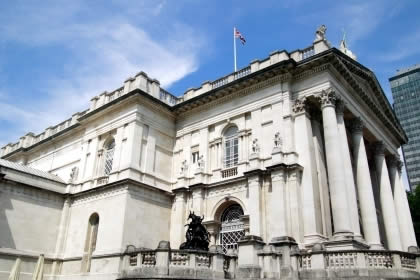Driving to Alaska
For the adventurous, Alaska’s highways (nicknamed the Alcan Highway) offer one of the best ways to appreciate the state’s spectacular scenery.
For the most part, roads are paved and well-maintained, though keep in mind that certain portions are only repaired during summer. Nearly 1500 miles of windy roads separates Dawson Creek, British Columbia, from Fairbanks, Alaska, and there are plenty of things to see and do in between.
Unless you are in a real hurry, plan to allow at least 7 to 10 days to drive from the Seattle area to Fairbanks. If you want to make stops for hiking, sightseeing and fishing, plan to spend from 2-3 weeks driving. The highways will be the most crowded between June and August, when the weather starts to really warm up. May can be a good month to drive if you have an interest in viewing and photographing the beautiful wildflowers, but the weather can turn on you in an instant. Many Alaska Road Warriors recommend driving in September when the crowds have died down but the weather is still good enough to drive without too much concern.
During the winter months, generally from October through April, cars will need to be outfitted with protection from the cold and the elements.
Some of these items might include tire chains, engine heaters and antifreeze. Remember that temperatures might fall to 50 degrees below zero during this season, so be prepared!
Don’t worry about running out of gas, however – there are gas stations about every 50 miles on the roads, though there is a 100-mile stretch of road in Northern British Columbia with no gas stations. Plan ahead, and the journey will be beautiful, exciting and safe.
NOTE: You and your passengers, if any, will need a passport to travel from the U.S. into Canada and back. This includes youths.
Alaska by Rail >>>
